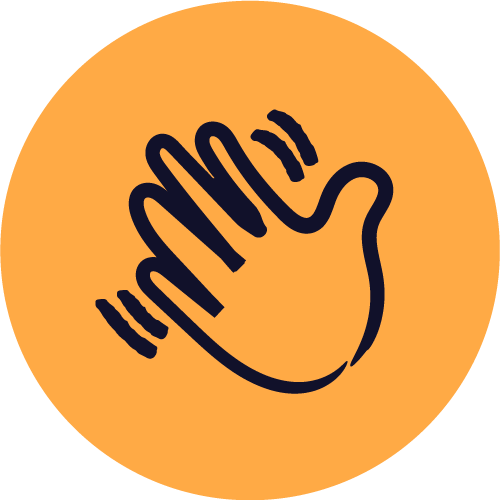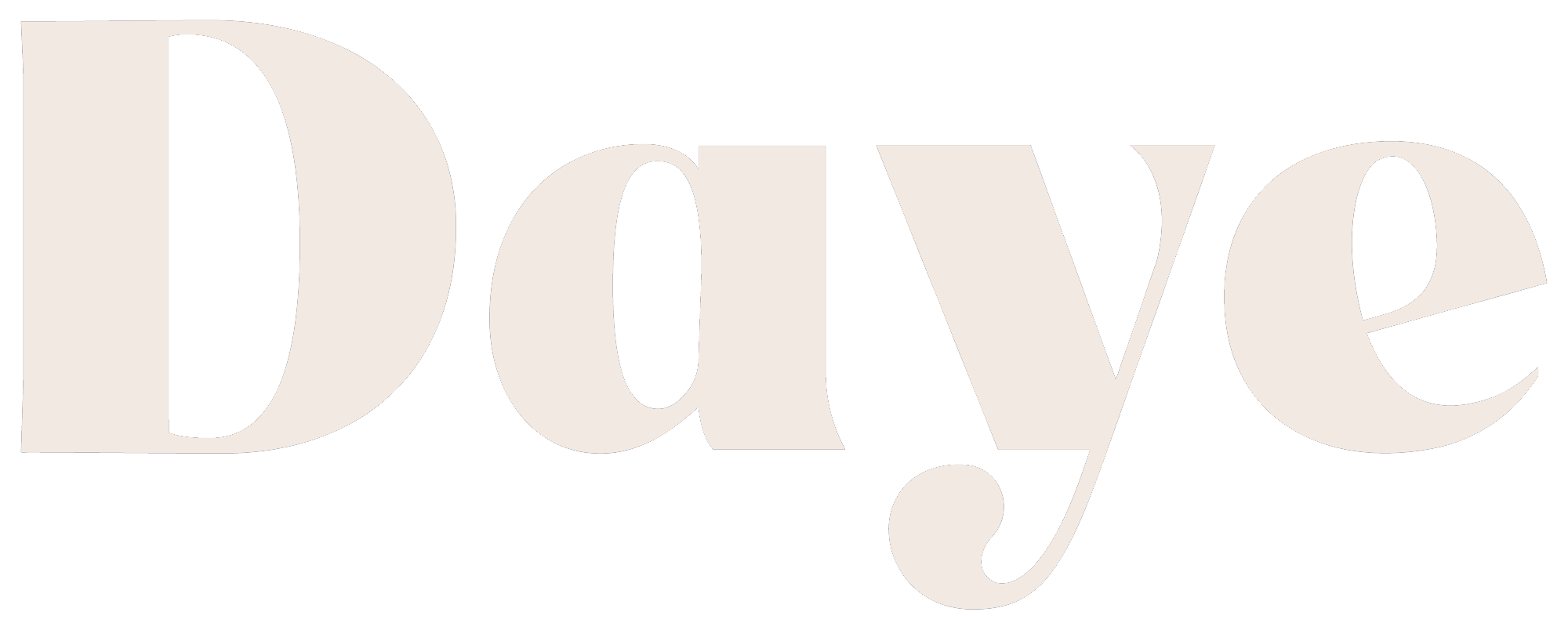
Learn how to cut HR admin

Get any questions answered

Zero commitment
Most of us have heard of Trello, the card-based project management tool. It’s free to get started with, and its simplicity often attracts small business owners looking for an easy way to manage everything from marketing plans to recruitment.
While you can use this flexible project management tool for HR purposes, it comes with some major cons. It’s not designed as an HR platform, so there are some core features you’ll definitely miss out on, and there are other reasons to choose an alternative too.
In this CharlieHR vs Trello comparison, we’ll explore how you can use Trello for HR, its main limitations, and why Charlie is the better choice for small business owners.
How you can use Trello for HR
Trello is a popular project management tool, but can you use it for HR? It turns out you can. Here are some of the ways you could use Trello for HR task management.

Onboarding
Trello’s Kanban-style approach offers an effective way to organise tasks and display them in different columns for your first day, week, month, and beyond. You can create a board as a template, and roll it out to every new hire when they join. Inside each card, you can use checklists and sub-tasks to further organise your new hire’s to-do list.

Recruitment
Like onboarding, Trello can also be used for recruitment. Create tasks as cards, and move them through columns as either job roles or candidates move through the process. Attach job descriptions and documents to tasks, and assign the hiring manager so they can track progress.

Employee manuals
Just as you can organise tasks and projects, you can also use Trello to organise information. Instead of columns for stages in a project, use them to cover different aspects of an employee manual like time off, benefits, and essential policies. Attach policy documents, or link to files in a shared folder on Google Drive or Dropbox.

Automation
Whether you use Trello for recruitment, onboarding, or HR project management, its automation features can help you save time. One of the main uses is within checklists, where users can create automation workflows to move cards or add comments if an item in a list is checked off.
Trello’s limitations as an HR tool
You might be able to use Trello for HR, but whether it’s an effective tool for that or not is another matter. Beyond simple task lists and managing projects, Trello lacks key features that would make it a candidate for a useful HR tool.
No time-off management
Trello doesn’t have a built-in time-off management feature. When we speak to Charlie users, this is one of their must-haves. As Trello doesn’t offer this feature, you’d have to either use a manual process and a spreadsheet or invest in another tool — neither of which are appealing when there are all-in-one platforms out there.
If you need a way to manage time off, holidays, and other types of leave, we highly recommend seeking out a HR platform that has this included — like Charlie.
Can appear unprofessional
Most employees expect their company to use a professional, purpose-built system for HR. Using a tool like Trello in place of a dedicated HR platform can appear unprofessional to employees.
Not only do HR platforms make it easier for employees to manage their data, request leave, and view policies, but they also create a stronger sense of security. Team members might start to question who has access to their details, whether their data is secure, and how stable the platform is.
May be confusing for teams
If you already use Trello for project management, adding it as a HR tool too can become confusing for your team members. Suddenly, their notifications for both projects and important HR updates are in the same place — leading to overwhelm and the chance that essential updates might get missed.
It’s easier to keep employees up to date when notifications about HR come from a dedicated platform. They’re less likely to miss an update or a chance to contribute, and they can separate their everyday work from HR.
Limited to card-based management
With a simple Kanban-style board system, Trello lends itself to project management and task management. But when you try to manage other areas, especially HR, this becomes a major limitation.
Employees are used to visiting a secure platform for their HR needs, where they can visit different areas to take care of tasks — like requesting leave, giving feedback, and viewing HR policies. Being shown a series of cards instead can be alarming. You can enable calendar, table, and other view types in Trello, but these are only available in higher-tier plans, and they don’t replicate the way a traditional HR system looks or works.
Not designed for HR
The main reason not to use Trello for HR is that it’s not designed for it. While it could be useful for managing HR projects like change management, policy development, or salary reviews, you need a dedicated platform for core HR functionality.
Trello doesn’t allow you to request or approve leave, run performance reviews, or complete other core HR functions. You can’t store employee data within the software, or create an employee database or chart with user profiles. Role permissions are limited, and the system simply isn’t set up for secure, effective HR management.
Why Charlie is better than Trello for HR
Trello isn’t a perfect match for small businesses that want a fully-featured HR system, but we know what is — Charlie. We’ve designed Charlie with UK small businesses in mind, with all the core HR functionality you need and none of the distractions that you don’t.
Here are some of the main benefits of using Charlie rather than Trello.
Just as easy to use
Trello is known for being easy to use, and Charlie is just as straightforward. You won’t be arranging tasks and projects in cards and boards, but Charlie’s interface is just as clear and simple.
Navigating Charlie is easy. From your personal dashboard you can see at a glance any tasks, goals, and notifications you might have missed. Explore all the features within the platform, and quickly find what you need — whether that’s an HR policy or feedback from your last review.
Complete core HR in one place
Charlie brings all your core HR functions together, so you don’t have to switch between different tools to get the job done.
Submit leave requests, manage time-off approvals, run performance reviews and more, all from one secure location. Employees can find the information they need with self-serve options, and managers spend less time micromanaging thanks to easy-to-use dashboards and automation.
Simple delegation and user permissions
It might be only you handling HR at the moment, but as you grow you’ll want to be able to share the work with others. Charlie makes it easy to delegate tasks to others — whether through tasks on a checklist or enhanced platform access.
Customise which accounts have admin or manager-level permissions, and give them the access they need to take care of tasks autonomously. Assign work to team members to delegate work, and promote accountability with automatic reminders and notifications.
More secure and compliant
Trello and Charlie are both security-focused, with a range of certifications and security policies. While both platforms follow industry-standard security protocols, a dedicated HR platform like Charlie is better equipped to help you manage security and compliance.
At Charlie, we work on a security by design principle. Our various security measures keep your data safe, secure, and only accessible to those who need it. Combined with user permissions, this gives you more control and confidence over your data security.
Ideal whether you have HR experience or not
Most people that handle HR in small businesses aren’t trained HR experts, but we believe that shouldn’t stand in the way of creating effective processes. You don’t need to have any HR experience to use Charlie — we’ve designed it to be simple and straightforward.
Charlie is beginner-friendly, but that doesn’t mean it’s too basic for experienced HR practitioners. If you’re a more advanced user, you'll be able to do even more with Charlie’s features and settings, customising them to match your company priorities and growth goals.
Want to see what Charlie looks like against Trello?
Book a demo

CharlieHR vs Trello: a side-by-side comparison
Here’s a simple side-by-side look at some of the top features and benefits that small businesses are looking for in a HR tool, and how Charlie and Trello compare:
- Time-off tracking
- ❌ Manual workarounds
- ✅ Fully automated with approval flows – no admin
- Onboarding
- ❌ Not compliant, quite clunky
- ✅ In line with employment law and saves time
- Employee data and document storage
- ❌ Not GDPR safe, and hard to find data
- ✅ Secure and all in one place
- Performance management
- ❌ Lots of manual input and need emailing too
- ✅ Mainly automated with integrated templates and automatic reminders
- Employee engagement
- ❌ Needs to use Google forms or another tool to run surveys
- ✅ Includes surveys and templates, as well as features such as shoutouts
- Perks
- ❌ No benefits or perks
- ✅ Perks platform with more than 30,000 discounts for your team
- Easy to set up
- ✅ Easy to set up, but not customisable
- ✅ Launched in a few minutes
- Easy to use
- ✅ Quite easy and understandable from the get go
- ✅ Very easy to use with complete help centre to support team
- Self-serve HR
- ❌ Someone needs to be the board owner to manage HR
- ✅ People can send time off requests and amend their details
- Designed for HR management
- ❌ Designed for project management
- ✅ Designed for HR, whatever your role is
- Pricing
- From £20 per month for a team of up to 4 people
- From £6 per user per month
When you compare these two tools in the context of HR, Charlie is a clear winner. Trello lacks core features and isn’t designed as a HR platform, meaning you’d need to invest in another tool alongside it. With Charlie, you can manage all your core HR from one place.
Don’t confuse Trello for an HR tool, get Charlie
Book a demo

Who should consider switching to Charlie
Anyone can use Charlie to streamline HR operations and automate everyday admin, whether they’re the founder or a new HR officer, but Charlie is an especially good fit for the following:
CEOs and founders with an overflowing to-do list
Having too many things to do is a reality for many busy CEOs, including GoSquared’s James Gill. Instead of strategy and leadership, James found himself tackling endless HR admin.
Realising that this wasn’t sustainable, James found a solution in Charlie. Now, HR operations can run smoothly in the background and employees have more autonomy — so it requires less of his time.
James Gill, CEO
“No one wins when I am spending hours on admin tasks every week. With Charlie, I get more time back in my day to focus on what I love — working closely with the team to help them grow.”
 Read case study
Read case study
Office managers that are responsible for HR
Caitlin Price, Office Manager at Bloom & Wild, is one of the many office managers that ended up taking care of HR. “I definitely fell into the People function, and that seems to be the case for quite a few people,” she says.
Like others in a similar role, Caitlin found she was responding reactively to HR challenges, rather than being able to work proactively. And with no real system for HR, human error became a real possibility.
Caitlin Price, Office Manager
“The worst-case scenario in a role like mine is losing information and then having it come back to bite you. Let’s say you didn’t log a piece of information, or you logged it somewhere you couldn’t find again when you needed it... What if that information was someone’s pay rise? A situation like that could be really embarrassing”.
 Read case study
Read case study
Switching to Charlie gave Caitlin and the team one platform they could use for storing employee data, managing leave, and more. Doing this saved them time, energy, and allowed Caitlin to focus on other work.
Caitlin Price, Office Manager
“People in roles like mine have got so much to think about – you are the first point-of-contact for so many things and people are firing questions to you over Slack all day. Having the answers to those questions in one, easy-to-access place just makes our lives so much easier.”
HR managers that want to scale or delegate
Talented HR managers often end up spending time on repetitive admin instead of strategic planning. That was the case for Ellie Mckenzie Burrell, HR Officer at The SEO Works.
Ellie realised that this wasn’t sustainable and the team needed a better solution to enable growth, so they started using Charlie.
Ellie Mckenzie Burrell, HR Officer
“CharlieHR has saved multiple hours on a daily basis, which frees more of my time up to focus on strategic planning to help grow the company.”
 Read case study
Read case study
Join our customers in your effortless HR journey
Book a demo

Get more for your money with Charlie
Trello and Charlie aren’t too different when it comes to pricing, but one certainly gives you more options and features than the other. And if you’re currently a Trello user, don’t worry about switching — making the move to Charlie is easy.
We don’t want you to spend hours setting up a new HR system or wait weeks to migrate your data, so we’ve created a simple onboarding flow that allows you to get started without delay. Get started in minutes, import your data, and start enjoying access to all of Charlie’s features straight away.
Worried about switching?
No need to, our team is here to help:
- They’ll give you a tour of the product
- Give you all the tools to get started
- You don’t need any tech skills
- You can import your existing data with ease
- We’re on hand to help you with queries
To get started, book a demo with our expert team. They’ll show you the platform and answer any questions you might have. After that, enjoy a no-commitment free trial to explore everything on your own before you sign up.
No more worries, make the switch today
Book a demo

Jenny is a Senior Product Manager at CharlieHR. She has years of experience with product planning and development, and user research too – she put together this guide by collecting data and information on competitors so we could improve our product and tailor it to small business owners.
Book your free demo now
FAQs for CharlieHR vs. Trello
We’ve got all the answers you need as you compare CharlieHR vs. Trello

Charlie integrates natively with a range of tools that might already be part of your HR tech stack, including Xero, Bonusly, Workable, and more. Explore our integrations to see the latest updates.

Yes! Charlie is a great choice for small teams, and many of our customers have less than 30 team members. You can join with the smallest of teams and enjoy affordable pricing right from the start.

CharlieHR is designed with security and data compliance in mind. Our combination of security measures and GDPR compliance means your data is safe and secure with us. Software tools like Trello should meet industry standards of security, but a HR platform like Charlie is likely to be a better home for your employee data.

Although Trello has a free plan, access to advanced features that make using it for HR possible is only realistic with a paid plan. Trello’s paid plans start at £6 per month per user, while Charlie’s pricing starts at £20 per month for up to 4 users.
The pricing is similar, but Charlie’s bracket system allows for better affordability as you grow, and it comes with many more HR-focused features included.

Absolutely! Book a demo with our team and they can show you around, before giving you access to a trial where you can explore the platform independently with no requirement to hand over your payment details.














